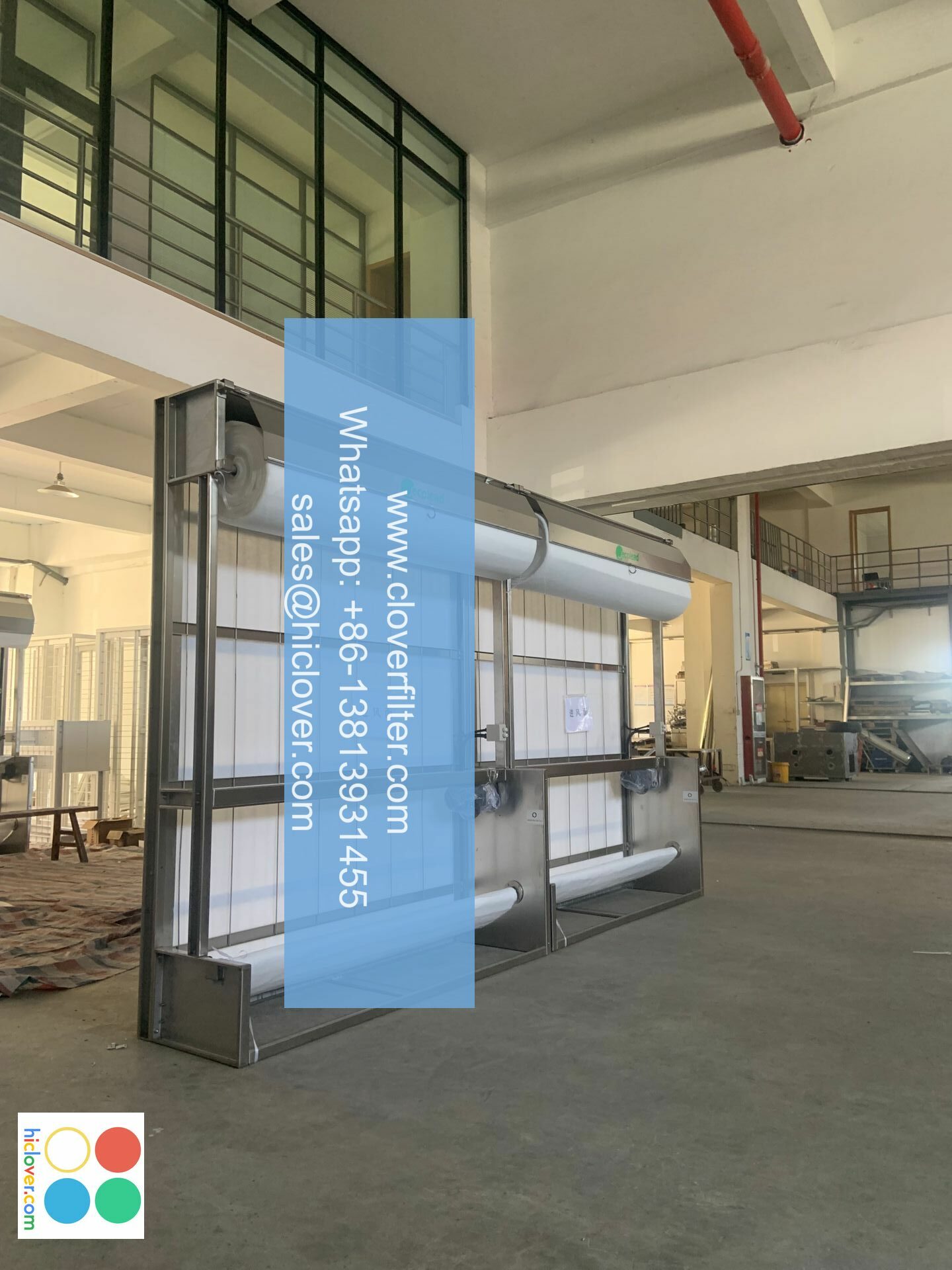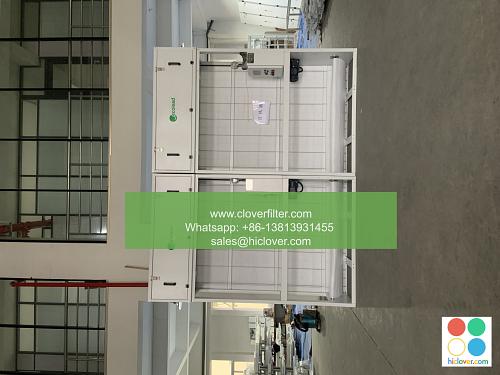The Energy Savings of High-Efficiency Air Filters

The importance of indoor air quality and energy efficiency cannot be overstated, especially in today’s world where climate change and sustainability are at the forefront of our concerns. One often overlooked but crucial aspect of achieving both is the use of high-efficiency air filters in heating, ventilation, and air conditioning (HVAC) systems. These advanced filters not only improve the air quality by capturing particulate matter (PM), pollen, dust, and other pollutants but also contribute significantly to energy savings and the reduction of greenhouse gas emissions.
Understanding High-Efficiency Air Filters
High-efficiency air filters, often referred to as HEPA (High Efficiency Particulate Air) filters, are designed to capture extremely small particles, including bacteria, viruses, and smoke particles, with an efficiency of 99.97% for particles as small as 0.3 microns. This level of filtration not only improves indoor air quality but also reduces the workload on HVAC systems by minimizing the accumulation of debris and dust that can decrease system efficiency and increase energy consumption.
Energy Savings through Enhanced Filtration
The energy efficiency of high-efficiency air filters comes from several key areas:
– Reduced Air Resistance: Although these filters capture more particles, modern designs have lower air resistance than traditional filters, which means that HVAC systems do not have to work as hard to push air through them, leading to lower energy consumption.
– Longer Filter Life: High-efficiency filters typically have a longer lifespan than standard filters, reducing the need for frequent replacements and the associated waste and cost.
– System Protection: By keeping the system clean, high-efficiency filters help in preventing premature wear on HVAC components, which can lead to repair costs and downtime, and ultimately extend the life of the system.
Applications Across Various Industries
The benefits of high-efficiency air filters are not limited to residential use; they have a wide range of applications across various industries, including:
– Commercial Buildings: Improving indoor air quality and reducing energy costs for offices, shopping centers, and hotels.
– Healthcare Facilities: Providing clean air to reduce the risk of hospital-acquired infections and ensure a healthy environment for patients and staff.
– Industrial Settings: Enhancing air quality in manufacturing facilities to protect equipment and worker health.
– Transportation: Used in aircraft, automobiles, and public transport to improve passenger comfort and health.
Conclusion: Embracing Sustainability and Health
In conclusion, high-efficiency air filters are a simple yet effective way to achieve significant energy savings and improve indoor air quality. As the world moves towards more sustainable and environmentally friendly solutions, incorporating these filters into our buildings and vehicles can play a substantial role in reducing our carbon footprint and promoting healthier living and working environments. By understanding the benefits and applications of high-efficiency air filters, we can make informed decisions that benefit both our health and the planet. It looks like you’re ready to give me a prompt, but it hasn’t arrived yet! Please go ahead and share what’s on your mind, and I’ll do my best to help. What would you like to talk about or ask?

